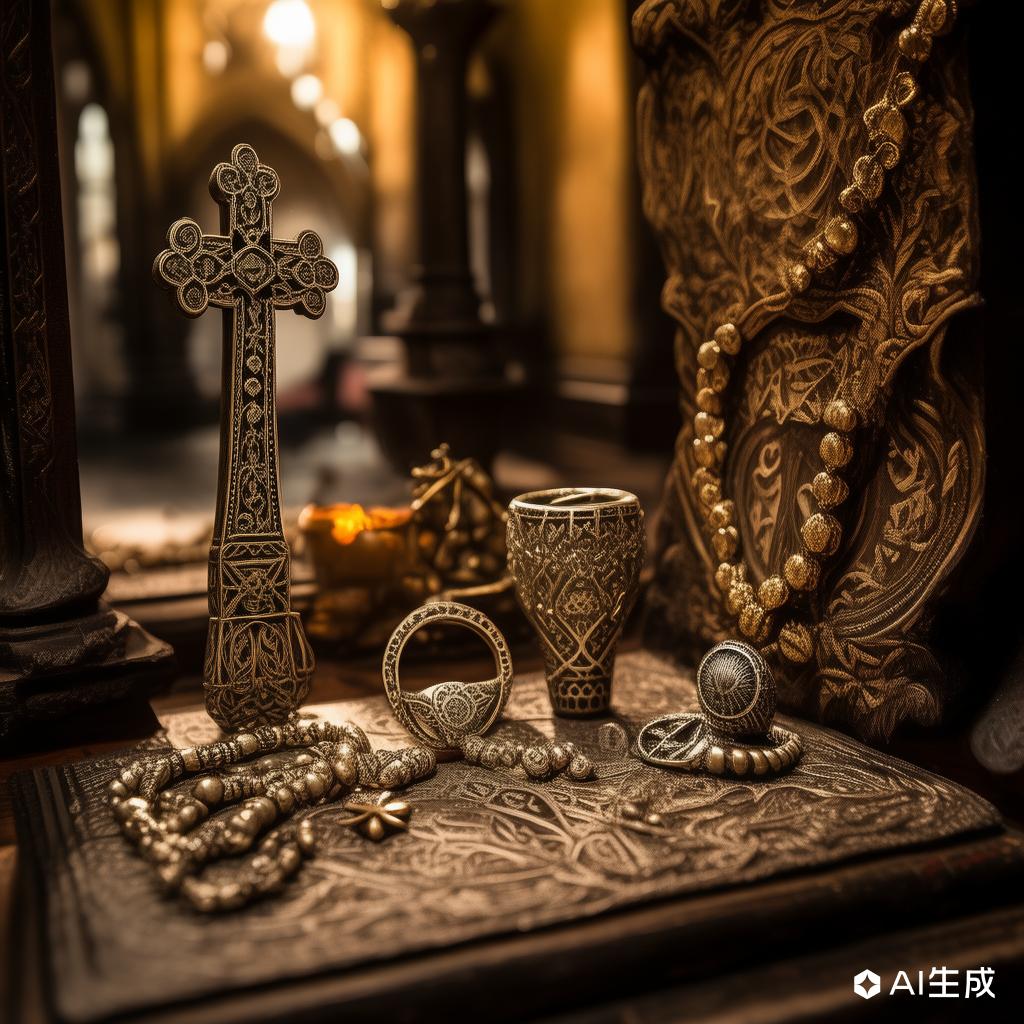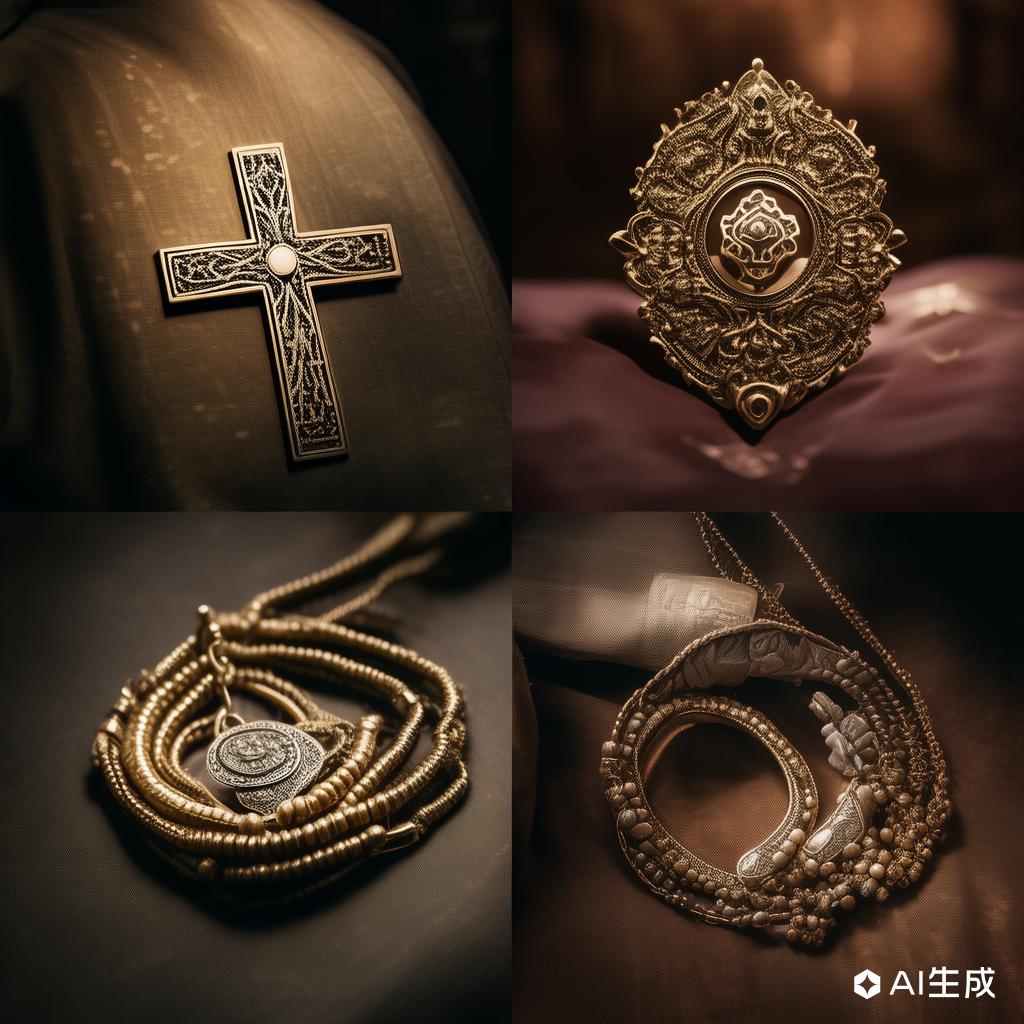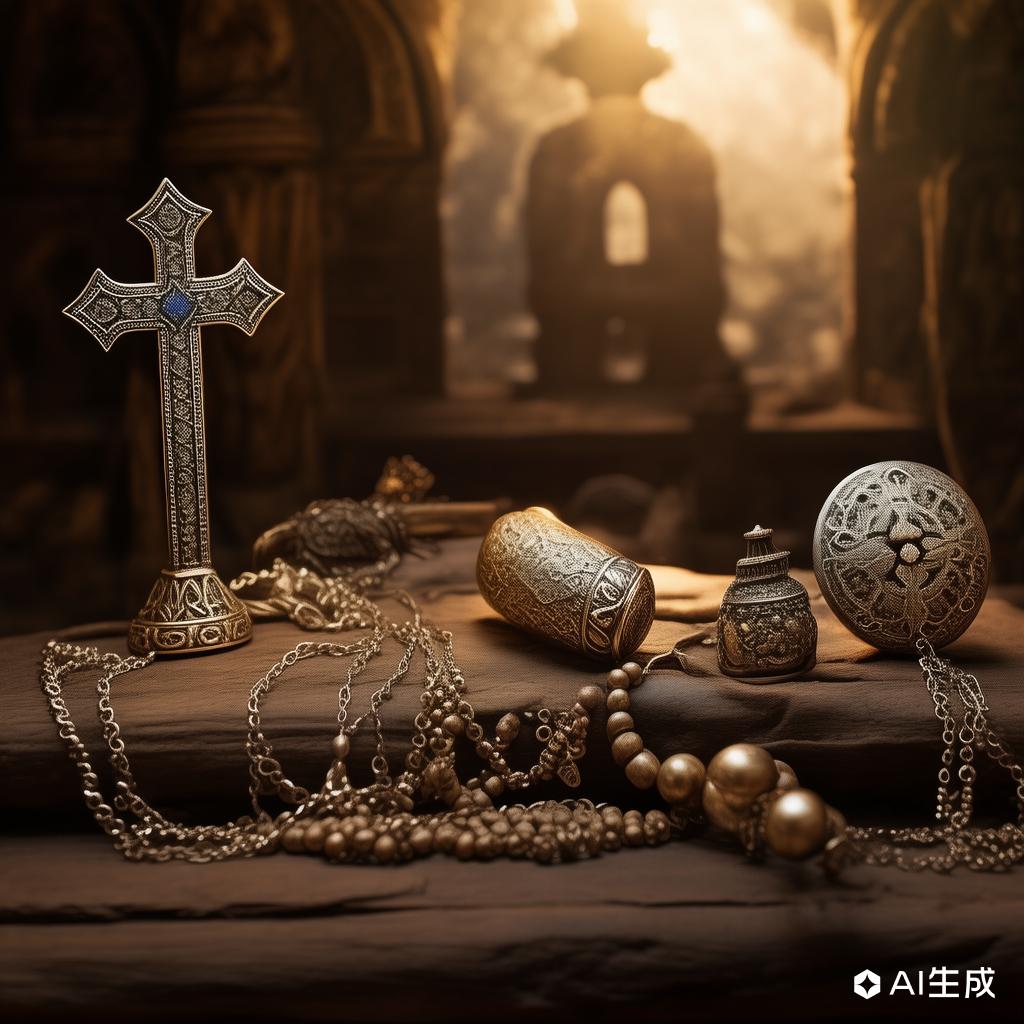The Sacred Spark: Unveiling the Religious and Cultural Significance of Jewelry
Share



Jewelry has long been more than mere adornment; it serves as a profound symbol of faith, tradition, and cultural identity. Across the globe, various religions and cultures have imbued jewelry with deep spiritual and symbolic meanings, making it an integral part of their rituals and daily lives.
In Christianity, the cross is perhaps the most iconic piece of religious jewelry. Worn as a pendant, it represents the sacrifice of Jesus Christ and serves as a constant reminder of faith and devotion. Similarly, the crucifix, which depicts Jesus on the cross, is a powerful symbol of redemption and salvation. Beyond these, medals of saints and angels are often worn for protection and guidance.
In Hinduism, jewelry holds immense significance, particularly during religious ceremonies and festivals. The mangalsutra, a necklace worn by married women, symbolizes marital bliss and is considered sacred. Additionally, the rudraksha bead, derived from the sacred Rudraksha tree, is worn by devotees for its supposed spiritual and healing properties.
Islam, while generally modest in its approach to adornment, also recognizes the value of jewelry in expressing faith. The hand of Fatima, a symbol representing the daughter of Prophet Muhammad, is often worn as a pendant for protection against the evil eye. Similarly, Islamic calligraphy, featuring verses from the Quran, is a popular design in jewelry, serving as a wearable form of prayer and devotion.
Judaism, too, has its unique symbols in jewelry. The Star of David, a six-pointed star, is a universally recognized symbol of Jewish identity and faith. The Chai symbol, which means "life" in Hebrew, is another popular motif, often worn as a pendant to signify the importance of life and the continuity of the Jewish people.
Beyond these major religions, indigenous cultures and ancient civilizations have their own rich traditions of spiritual jewelry. The use of gemstones, for instance, is prevalent in many cultures, with each stone believed to possess specific metaphysical properties. Turquoise, for example, is revered by Native American tribes for its protective qualities, while jade holds special significance in Chinese culture, symbolizing purity and serenity.
In conclusion, jewelry transcends its material value to become a载体 of spiritual beliefs and cultural heritage. Whether it's a simple cross pendant or an intricate Hindu bridal necklace, each piece carries with it a story of faith, tradition, and the enduring human quest for meaning and connection.